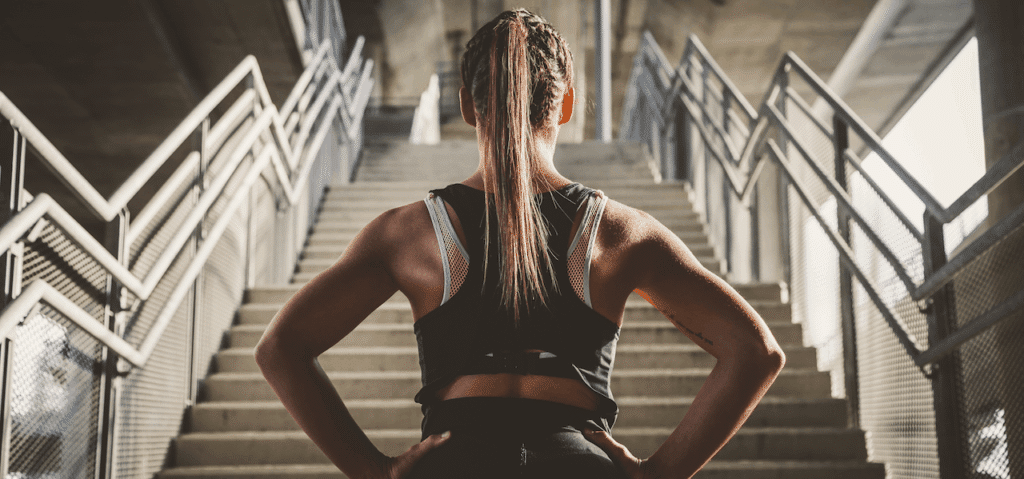As the influencer marketing landscape evolves, we spotlight the ways in which sports brands are utilising digital ambassadors.
Before the term ‘influencer’ was coined for those manning widely-followed social media accounts, sportswear labels looked to the influence of celebrities and famous athletes to spread their message, inking contracts worth millions to secure these personalities as their ambassadors.
At a glance, nothing has changed: Rihanna is designing her Fenty by Puma athleisure line and starring in campaigns to promote it, Gigi Hadid is a spokesperson for Reebok, Kylie Jenner has been tapped as the face of Puma and Adidas has a partnership with Kanye West producing his Yeezy collection.
As celebrities' influence now extends to social platforms however, a variety of additional marketing opportunities arise for sports brands. They must now consider an audience beyond billboard ad campaigns, with a series of more targeted, digital initiatives.
Roger Federer, for instance, is estimated to be paid up to $31,660 per tweet by Nike to promote its latest product launches to his audience on Twitter, which exceeds seven million followers, while Rafael Nadal, who has a Twitter following of 12.4 million, is paid an estimated $53,633 per tweet to endorse Nike products.
Flying colors. @NikeCourthttps://t.co/bq62lfIM55 pic.twitter.com/gB2yVROqbt
— Rafa Nadal (@RafaelNadal) October 13, 2016
Social media has also granted the power of influence to a more diverse set of individuals who don't necessarily dabble in the worlds of entertainment or sport. Naturally, brands want a stake of that influence too.
Nike presents a leading example of a brand that uses a host of different influencers effectively to advertize both its latest products but also its ethos of promoting wellbeing, body, mind and health. Its success lies in using a very diverse set of individuals and extending the partnerships beyond digital content to real-life events where customers can participate and actively engage with the brand and the influencer.
Chiara Ferragni, widely regarded as one of the most successful global bloggers, and most recently Gilda Ambrosio, a street-style star and designer of the new Milanese label Attico, are just two fashion influencers that Nike has worked with over the years.
Such initiatives are key as it gives Nike the opportunity to connect with a more fashion-forward audience, while Ferragni and Ambrosio act as aspirational yet more approachable alternatives to the celebrities that usually front the brand’s big-budget campaigns.
The brand has a similar approach when it comes to its Master Trainer program which involves a host of young, widely-followed trainers which promote the brand both through posts on their Instagram and through training events.
One of the latest things Adidas has promoted on their Instagram are these short "Creativity" videos featuring different sports influencers and athletes. Each woman is talking about how creativity is a part of what they do, who they are. Amongst the many women, some widely known not only in the world of fitness, such as Karlie Kloss. Others are international athletes, each with their own story, their own focus. It tells a personal story and creates a sense of closeness to the person as well as the brand.
Meanwhile, a host of new, niche brands have emerged to address women’s needs for trendy sportswear and luxury retailers have developed new departments focusing on athleisure. To promote these new launches retailers have taken a similar approach of partnering with influencers to create both digital content and physical experiences.
Earlier this year, luxury e-tailer Net-a-Porter hosted London-based influencers such as Amelia Liana, Victoria McGrath of In The Frow, and Lydia Elise Millen at the boutique gym Another Space, inviting them to work out and try on newly launched labels on the site, which include the Upside and Athletic Propulsion Labs.
Snapshots of the workouts made it on Instagram while different products made it to vlogs and ‘monthly haul’ videos on YouTube.
As fitness becomes an ever-prominent strand in the wellness conversation, sports brands - whether they are large, established names or niche up-and-comers - will achieve the widest reach if they extend their partnerships with influencers beyond product promotion, using them to spread a positive message about of-the-moment issues that chimes with a millennial audience.
